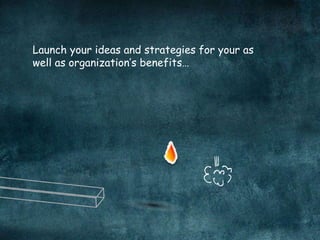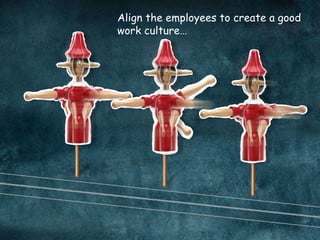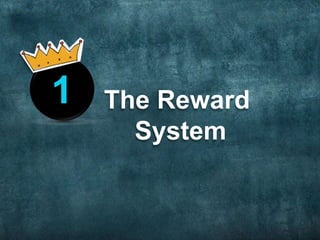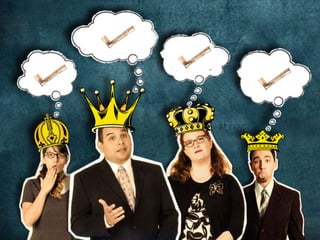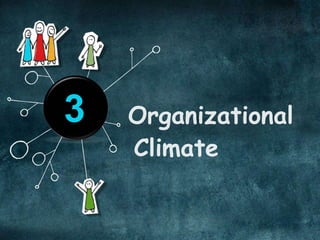Importance of Motivation
- 2. What is Motivation? Motivation is a process which begins with a physiological or psychological need or deficiency which triggers behavior or a drive that is aimed at a goal or an incentive. Need or Deficiency Goal or Incentive
- 3. Let’s watch some videos to understand more about Motivation… http://youtu.be/jthjywv_woQ http://youtu.be/3goGMWHDIzA
- 5. Motivation is important to…
- 6. Launch your ideas and strategies for your as well as organization’s benefits…
- 7. Align the employees to create a good work culture…
- 8. Increase company value and profits…
- 9. Foster a sense of job security and thus promote employee retention…
- 10. Lay the seeds of a successful company…
- 11. And produce better products and results.
- 12. FOR EMPLOYEES OF MOTIVATION There are FACTORS4
- 14. Every organization is characterized by a particular type of reward structure, often differing from person to person and department. If you want more of something in an organization, simply increase greater rewards for that behaviour. People respond to incentives. bulb
- 15. Employees are motivated to “ACQUIRE” stuff…
- 17. Leverage the drive to “ACQUIRE” Utilize incentives to drive performance and create a culture of recognition and reward. The “ACQUIRE” drive is relative. Find out who your employees compare themselves to and make the rewards comparable.
- 18. This leads to higher motivation and job satisfaction……
- 20. This is a key factor in determining how people feel about the company and how motivated they are. The appropriate leadership style depends on the goals and objectives of the organization, the people within the company, and the external environment.
- 21. The manager is required to use different leadership styles for different people under different circumstances. Just changing the leader changes the psychological climate of the company and, in turn, the whole performance of people in the organization.
- 22. 3
- 23. Is your company a “great place to work”? The organizational climate is deliberately created and maintained by management. It largely consists of the way people treat each other up and down the line.
- 24. Employees have a drive to bond These bonds instil loyalty and engender positive emotions about the company Managers should foster bonding and create opportunities for social interaction. This leads to employees identifying themselves as a team… with more motivation.
- 25. 4
- 26. Some work is inherently motivational, requiring creativity and imagination. Some work may require high levels of physical energy and stamina.
- 27. Work that involves communicating, negotiating, and interacting with other people in order to gain their cooperation to get the job done quickly and well brings out the best energies of the individual. It is exciting, challenging and usually highly rewarding as well.
- 28. An enormous amount of work must be standardized, routinized, and made relatively unexciting in order to be done efficiently and cost effectively. Good organizations are always trying to structure the work so as to match the nature of the employee so as to make the work as interesting and enjoyable as possible.
- 29. StandardizeStandardize Match job to employee Happy Employees and Higher Motivation
- 30. FIRST SECOND Activity on Motivation As participants volunteer words and phrases, record these, grouping positive and negative entries separately but not labelling the columns. THIRD Ask the group what is the difference between both the lists. When they distinguish the positive vs. negative quality o experiences in the lists, label the lists and briefly point out how positive motivation produces seeking behaviour and how negative motivation produces avoidance behaviour. Ask the group participants to recall experiences in which they were highly excited, motivated, or intensely involved in an endeavor. Then ask for experiences in which they lacked motivation—were bored, apathetic, or turned off. Moving to the board, ask the participants to volunteer adjectives that describe their experiences in those states.
- 31. THANK YOU
Editor's Notes
- To view this presentation, first, turn up your volume and second, launch the self-running slide show.
- Presentations are a powerful communication medium.
- For more than 20 years, Duarte has developed presentations…
- …to launch products,
- …align employees,
- …increase company value,
- …and propel
- …global causes.
- Along the way we’ve discovered…
- …five simple rules for creating world-changing presentations.
- The first rule is: Treat your audience as king.
- and keep the audience’s needs top of mind,
- Your audience deserves to be treated like royalty. Design a presentation that meets their needs, not just yours.
- …and you will undoubtedly find favor with the king.
- The second rule is: Spread ideas and move people.
- Thinking of your slides as digital scenery,
- The last rule is: Cultivate healthy relationships (with your slides and your audience)
- Allows you to connect eye-to-eye with your audience in a meaningful way.
- Rule number 4: Practice design, not decoration.
- Half of the people in your audience are verbal thinkers and the other half are visual.
- Combining minimal text with meaningful visuals means that you’ll reach everyone.
- To view this presentation, first, turn up your volume and second, launch the self-running slide show.





